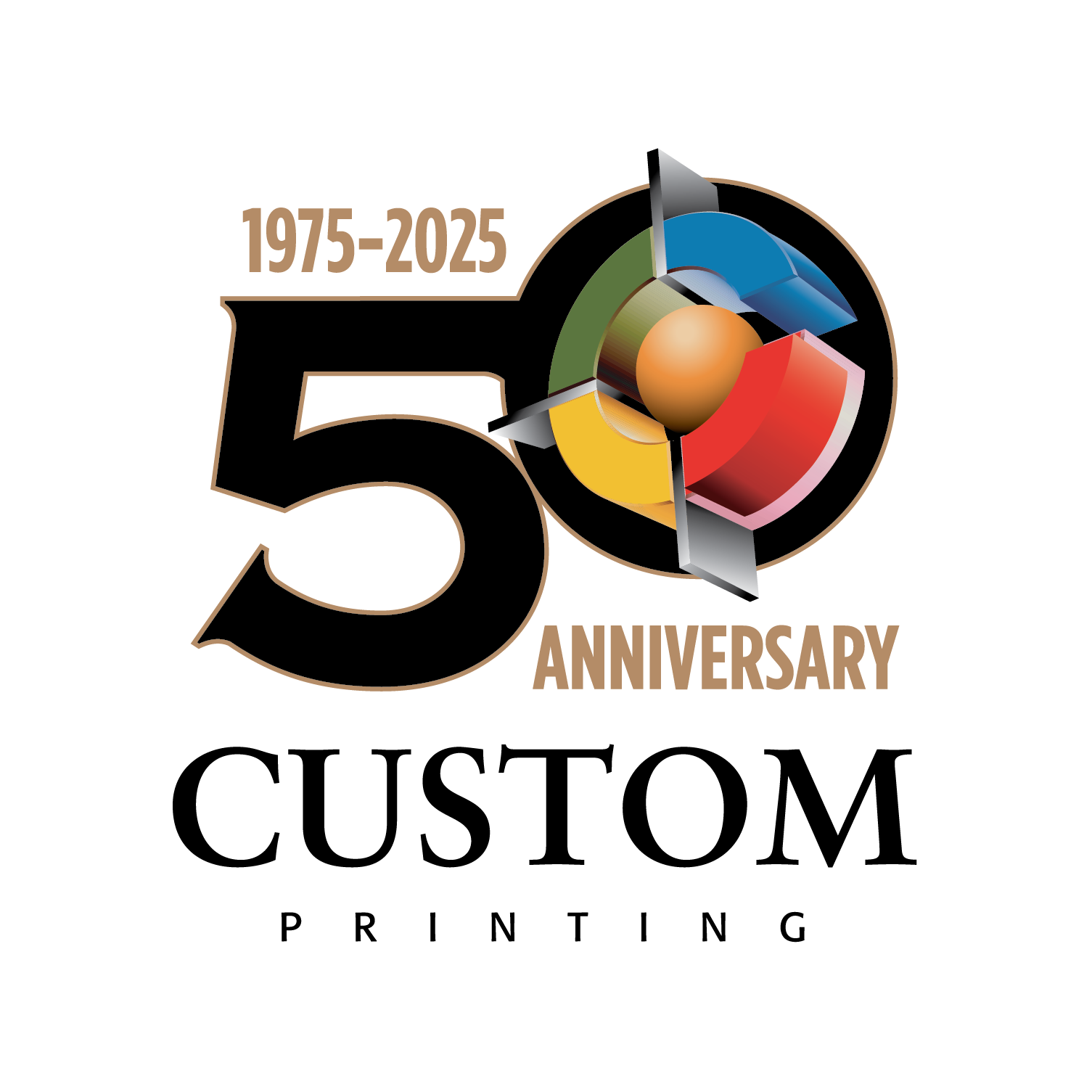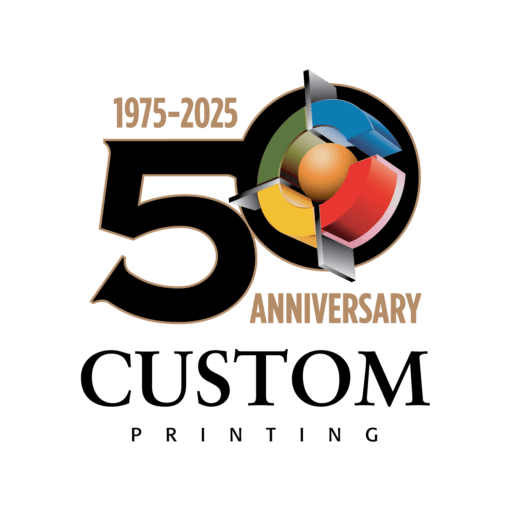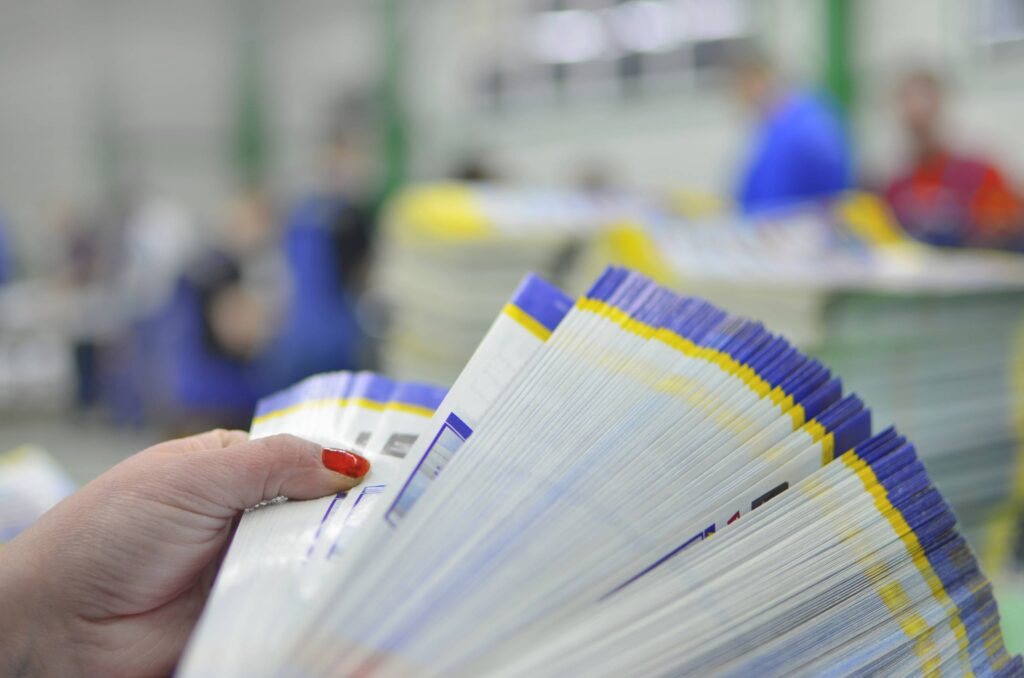Lithography printing has been around for years. It was considered the best way to produce high-quality art prints for over a century. However, as other printing methods were invented, the sellers spread stories about lithography to disparage this classic printing method and promote their own.
The fact that lithography is still around today is proof of the quality prints that can be produced by this printing method. Nevertheless, there are still several myths about lithography that people still believe. Custom Printing Inc. is here to dispel those misconceptions!
Lithography is just a fancy way to make posters.
While this printing method can make multiple prints, there is a difference between a limited run of artist-proofed and approved prints and simply running a long stream of prints. Lithography allows an artist to review the quality of each print, ensuring that every signed and numbered print is of the highest quality.
The first print is the most valuable.
Many people think that if a print were pulled off the press first, it would have the highest quality. Many assume the print labeled #1 in a run series is the most valuable. There are two problems with this misperception. To start, while there is a noticeable difference in quality in lithography prints that were done decades ago, today’s technology makes it so that there is no difference. Older presses used metal plates that could start to wear down after just a few impressions. Today’s machines use much more durable materials that can go for thousands of prints before a difference in quality is noticed.
It’s also important to note that in the case of numbered prints, there is no guarantee that the print labeled #1 was actually the first one off the press. Many artists will randomly number prints, and there is no guarantee that the first print is the one labeled #1.
The artist’s proof has more value than a numbered print.
Artist’s proofs, or APs, are an additional, smaller number of prints often used for promotional purposes. Because these prints are not typically sold as part of numbered sets, many think they have more value than the numbered prints. The truth is that these prints are of equal quality to the numbered prints.
You can’t make a print using a canceled plate.
To ensure that no more prints will be made of a limited edition run of prints, many artists choose to “destroy” or “cancel” their plates by scratching or drilling holes in the surface. While this will affect the quality of future images, it is still possible to run additional prints from them. Some services will repair plates like these, as well. For this reason, even canceled plates have some value, but be aware that it is next to impossible to make an image identical to the images produced before the plate was canceled.
An artist is not really involved in creating a print.
While a print technician is the person who ultimately produces a print, many artists ensure that they are closely involved in the proofing process. It is common for an artist to go through dozens of proofs of a print before they are satisfied. In fact, most print shops assume that multiple will need to be made before one is approved to go to press. It’s common for the process to take several weeks, but at Custom Printing Inc., we want to take the time to ensure that we get it exactly right.
All lithographs are essentially the same.
There are actually different types of lithographs. For example, an original lithograph will require an artist to draw an image directly onto a metal, mylar, or stone plate, which is then inked and printed. By contrast, a photo-offset lithography printing is a reproduction of an original painting using photographic technology.
These two types of printing will produce different types of images. Depending on the skill of the artist and the quality of their machines, each method can produce more or less detail than other types. Colors can be more or less vivid, and bleeding can occur with both methods. For these reasons, it is often hard to state which type of lithography is “better,” but many artists tend to have a personal preference.
All printing is really limited to four colors.
This myth most likely springs from the fact that many types of printing use a combination of four colors of ink. Think of your typical inkjet printer that uses only black, cyan, magenta, and yellow. While it is true that many printing methods available to consumers are limited to these ink colors and the combinations they can make, lithography (as well as several other printing methods) doesn’t have a limit to the number and types of ink that can be used. In addition to adding more colors, this also means that it is possible to add specialty inks that can glow in the dark or under ultraviolet light or even have some texture.
If you’re an artist considering making prints through the lithography process, contact us at our office. At Custom Printing Inc., we have years of experience in helping a wide range of artists produce their work in a way that preserves its original quality and the artist’s integrity. We’ll guide you through the printing process and work with you through multiple proofs and prints to get the prints you want to give to your clients and patrons.


